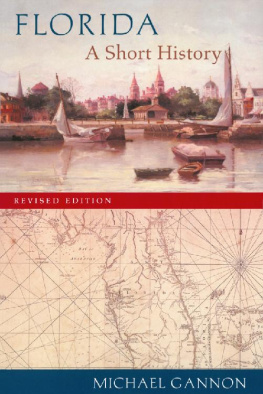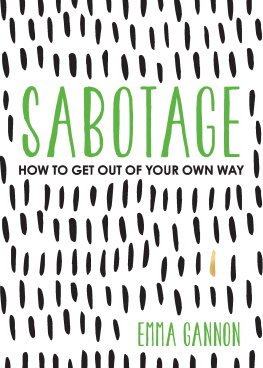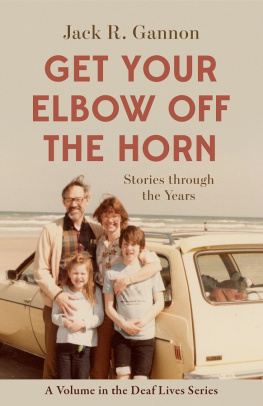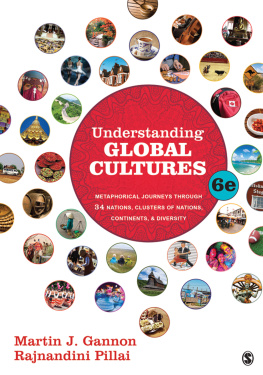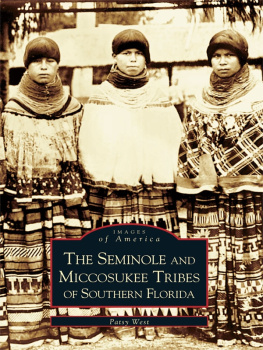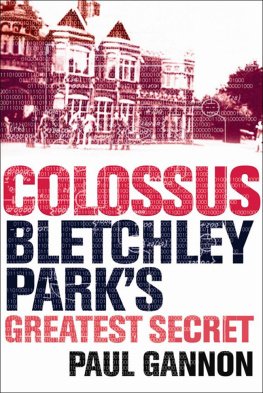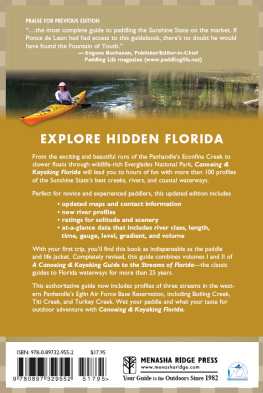Florida

Columbus Quincentenary Series

FLORIDA
A Short History
Revised Edition
Michael Gannon
University Press of Florida
Gainesville Tallahassee Tampa Boca Raton Pensacola Orlando Miami Jacksonville Ft. Myers
Copyright 2003 by Michael Gannon
Printed in the United States on acid-free paper
All rights reserved
First cloth and paperback printing, 1993
08 07 06 05 04 03 C 6 5 4 3 2 1
19 18 17 16 15 14 P 10 9 8 7 6 5
Library of Congress Cataloging in Publication Data
Gannon, Michael V.
Florida: a short history/ Michael Gannon.
p. cm.
Includes bibliographical references and index.
ISBN 978-0-8130-2681-7 (cloth).ISBN 978-0-8130-2680-0 (paper)
1. FloridaHistory. I. Title.
F311.G34 1992
975.9dc20
92-20714
CIP
: St. Augustine, 1890, by Robert S. German, oil on canvas, 14-1/8 22. Courtesy of the Sam and Robie Vickers Florida Collection. Map of Florida by Thomas Jeffreys, 1775.
Picture credits appear on the page following the index.
The University Press of Florida is the scholarly publishing agency for the State University System of Florida, comprising Florida A&M University, Florida Atlantic University, Florida Gulf Coast University, Florida International University, Florida State University, New College of Florida, University of Central Florida, University of Florida, University of North Florida, University of South Florida, and University of West Florida.

University Press of Florida
15 Northwest 15th Street
Gainesville, FL 32611-2079
http://www.upf.com
To My Students in Florida History at the University of Florida, 19672003
ACKNOWLEDGMENTS
I have many people to thank for assistance in the preparation of this volume, among them: George Bedell and Walda Metcalf, Director and Senior Editor, respectively, of the University Press of Florida, who first suggested that this narrative could stand as an independent book introducing Florida history to the general reader; Phillip L. Martin, who, in his capacity as director of the University of Florida Press, saw me through the initial editing; Judy Goffman, whose fine copyediting hand saved me from numerous slips and infelicitous expressions; the late Manning J. Dauer, Distinguished Service Professor of Political Science, who commissioned most of the first half of this narrative as a chapter in his edited volume, Floridas Politics and Government (Gainesville: University of Florida Press, 1980); Robert J. Huckshorn, Professor of Political Science and Associate Vice-President for Academic Affairs at Florida Atlantic University, who commissioned most of the second half of this narrative for his edited volume, Government and Politics in Florida (Gainesville: University of Florida Press, 1991); Elizabeth Alexander, Chair of the P.K. Yonge Library of Florida History at the University of Florida, and Archivist Bruce Chappell, also at the P.K. Yonge Library, whose unfailing assistance and courtesy made my research a pleasure; and Samuel Proctor, Distinguished Service Professor of History at the University of Florida, Editor of the Florida Historical Quarterly, dean of Florida historians, and my valued good friend who kindly read this narrative before publication (but who must be relieved of all responsibility for any mistakes in fact or interpretation). Numerous other history colleagues in the state of Florida have enlarged my understanding with their information, insights, and suggestions. A reading of both their published and unpublished works undergirds this entire effort.
A special thanks goes to my secretary, Myrna Sulsona, who, with her usual skill, transformed my manuscript into presentable form.
For the engravings, maps, and photographs that accompany the text I am indebted to Joan Morris and Joanna Norman, of the Photographic Collection, Florida State Archives, in Tallahassee; Page Edwards and Kenneth Barrett, Jr., of the St. Augustine Historical Society; Paul Camp and Gary Mormino, of the Florida Historical Society Archives at the University of South Florida, Tampa; and Dawn Hugh of the Historical Association of Southern Florida, Miami.
To my spouse, Genevieve Haugen, who is relieved to know that I will now pick up the papers strewn across my study floor, goes the usual loving thanks.
Acknowledgments for the Revised Edition
Since its first publication ten years ago, this slim volume has enjoyed a wide readership throughout the state of Florida. Such acceptance is gratifying because it had been my hope from the beginning to place the story of Florida in as many hands as possible, at minimal cost.
The larger history of Florida promised on was duly published as The New History of Florida, edited by Michael Gannon (Gainesville: University Press of Florida, 1996). In it the reader will find historical figures such as Barron Gift Collier, A. Philip Randolph, and Harry T. Moore, who, for lack of space, are missing in the present text.
Several knowledgeable readers have made suggestions for improvements in this text. I particularly thank Vernon Peeples, Catherine S. Manegold, and Paul S. George, as well as the many correspondents who caught the misspelling of Anton Cermak, mayor of Chicago ().
The quip about the Pilgrims landing at Plymouth () was confirmed to me in detail by the late B. K. Roberts, Tallahassee attorney and former chief justice of the Florida Supreme Court, who owned and lived in the apartment house where Miss Ella conducted much of the states business.
Michael Gannon
Gainesville
January 1, 2003
INTRODUCTION
If you are one of the 16 million or so Floridians (or non-Floridians, for that matter) who know little or nothing of Floridas history, and would like to know something about itbut not that much!then this book was written for you.
It is not a textbook. Relax. Consider it instead an invitation to Florida history.
Here is the basic story of Americas peninsular state, told in short compass, written in what I hope is a fast-moving, attractive style.
Let me introduce our brief journey into the past with these reflections:
Many people seem to think that Floridas story began with the railroads and hotels of Henry M. Flagler a hundred years ago, or with the Florida land boom of the 1920s, or even with the Second World War, when, with its many military and naval bases, Florida became a garrison state (surrounded for a time by German U-boats).
No doubt Henry Flagler, with his desire to create an American Riviera, abruptly brought Florida into the modern world.
And the 1920s, when millions of Americans by Model T flivver, train, or boat answered the call of overwrought promotersFlorida, wrote one advertisement in northern papers, is an emerald kingdom by southern seas, fanned by zephyrs laden with ozone from stately pines, watered by Lethes copious libation, decked with palm and pine, flower and fern, clothed in perpetual verdure and lapt in the gorgeous folds of the semi-tropical zonewere surely a watershed decade for raising national awareness of Floridas attributes and attractions. And indeed World War II was, as historians say, an engine of social change for Florida, since a large number of the millions of servicemen and -women who had trained here, and construction workers who had built bases, weapons, and cargo ships here, returned after 1945 to make Florida their home.
Next page
